There is very wide range of DIY projects that provide many possibilities for creating beautiful and functional pieces for your home or garden. Before you dive into your next project, it’s important to understand about wood and how to choose the right wood for the job. Different types of wood have different properties, making them more or less suitable for certain applications.
In this article, we’ll explore some of the best woods for DIY projects in the UK, highlighting their characteristics and potential uses.
3 Types of Woods used in DIY
There are three main types of wood which can be used for DIY projects:
- Hardwood
- Softwood
- Manmade (Also known as Fibre boards)
The two types of real wood are softwoods or hardwoods. We explain the key differences just below. In addition to those two types, there is also man-made boards, and these are known as fibre boards.
Popular Softwoods for DIY
Pine
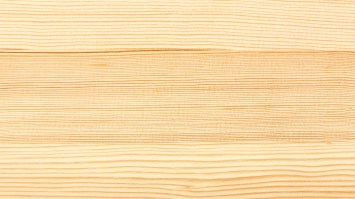
Spruce
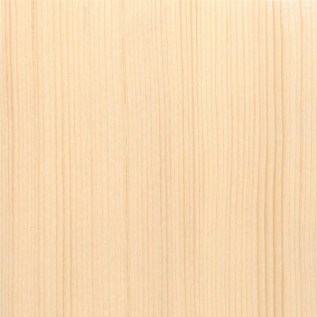
Cedar
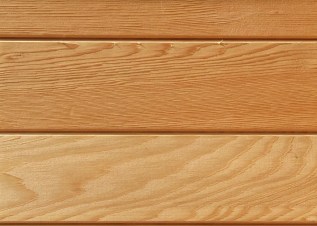
As a general rule of thumb, softwoods are lighter and less expensive than hardwoods. That makes them a very popular choice for beginner DIYers. They are also relatively easy to work with, allowing for a wide range of projects. There are three main types of softwood:
- Pine – Pine is a versatile and affordable softwood that is commonly used for furniture, cabinets, and trim. It has a light color and a straight grain pattern. It is also very easy to work with. Drilling pine and carving pine is a very simple thing to do. You can recognise it as it has a light yellow colour. You can if you wish stain it to a darker colour after it has been sealed.
- Spruce – Spruce is another popular softwood that is known for its strength and durability. It is often used for construction and outdoor projects. Due to its good workability and high availability, it is the most widely used construction timber in Europe
- Cedar – Cedar is a fragrant and naturally rot-resistant softwood that is ideal for outdoor projects such as decks, fences, and pergolas. This is a warmer looking wood and has a red tone. Most DIY stores will have pressure treated this wood to make it even more suitable for outdoor use.
Popular Hardwoods for DIY
Oak
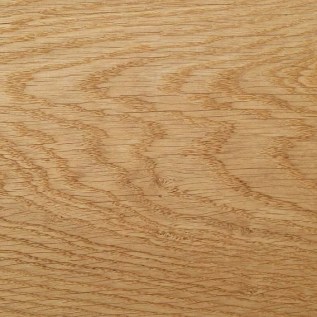
Maple
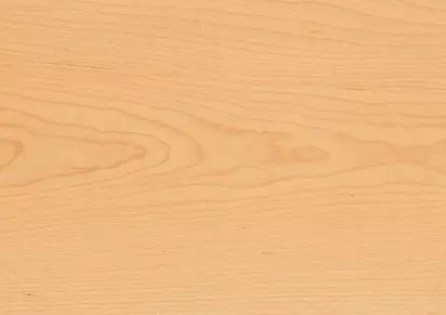
Mahogany
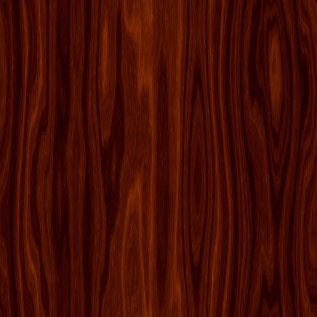
Generally speaking hardwoods are denser and will last longer than softwoods, making them a good choice for projects that require more strength and stability. They also have a more refined appearance, making them popular for high-end furniture and cabinetry.
- Oak – Oak is a classic hardwood that is known for its strength, durability, and beautiful grain pattern. It is often used for furniture, flooring, and woodworking projects. Oak is much harder to work with than softwood and any mistakes can be costly. Oak has a visible wavy grain and comes in two types red oak and white oak. White oak tends to be used for making furniture.
- Maple – Maple is a hard and durable hardwood that has a smooth, closed grain pattern. It is often used for furniture, cabinetry, and musical instruments. Maple has 2 varieties and one of those is softer. That option is easier to work with and maple is a very beautiful wood and perfect for furniture.
- Mahogany -Mahogany is a dense and visually stunning hardwood that is known for its rich color and unique grain pattern. It is often used for high-end furniture and woodworking projects.
Wood Comparison Table
|
Wood Type |
Characteristics |
DIY Uses |
|---|---|---|
|
Pine |
Easy to work with, fine grain and you can paint over it once it has been primed. Some people prefer the natural pine look and can be varnished. |
Good for working on interior work such as interior trim, cornices, cabinets, window sashes etc |
|
Spruce |
Has a close grain, reasonable durability but low strength. |
Can be used for making pallets, used for fence panels |
|
Cedar |
Soft, lightweight with a close grain. Very durable even when exposed to water. |
Used for posts, poles and fencing. also used for making sheds. |
|
Oak |
Hard, heavy and strong. Medium coarse grain. Can be stained |
Used for high quality furniture, tool handles, fence posts etc |
|
Maple |
Hard, fine grained, great colour but can be knotty. |
Used in furniture making, high grade flooring, ship construction and construction. |
|
Mahogany |
Brown to red colour, hard and durable, had a great finish when varnished or polished |
Used in high end furniture, cabinets, musical instruments, high end kitchens |
Popular Fibre Boards for DIY Projects
We have explained above the main real wood options for DIY. There are also a lot of man-made boards which are used a lot in construction, furniture making and can also be used for many DIY home projects.
- MDF – This stands for Medium-density fibreboard It is made by breaking down hardwood or softwood residuals into wood fibres which are glued together. It is used for furniture, cabinetry, laminate flooring, door parts etc. Read more about MDF
- HDF – This stands for high density fibre board. HDF contains more densely pressed wood fibre than MDF, and that makes it tougher and stronger. It is used to make indoor furniture, floors, wall paneling, and doors. Read more about HDF
- OSB – This stands for Oriented Strand Board and it is made out of compressed layers of wood strands with adhesives. It is used for wall sheathing, floor underlay, roof cover, making furniture, reels, trailer liners and recreational vehicle floors. Read more about OSB boards.
- Hardboard – Hardboard is made from compressed softwood pulp but has no adhesive or bonding added to it. It is used to make drawer bottoms, the backs of flat pack furniture or as an underlay for flooring. Read more about hardboard.
- Chipboard – Chipboard is made from sawdust and wood chippings which are glued together. Chipboard is used a lot to make furniture, headboards, desks and tables and will usually be covered with a veneer to make it look better. Read more about chipboard.
- Plywood – This is an engineered wood that is made up of multiple layers of veneer that are then glued together. Plywood is used a lot in the construction industry and for furniture making, surface coating of boats and even in some cars. Read more about plywood
- Plasterboard – Plasterboard is made of calcium sulfate dihydrate (gypsum) usually pressed between a facer and a backer. It is used to make interior walls and ceilings. Read more about plasterboard
These are not natural wood from trees and are a combination of saw chippings, sawdust and some form of bonding resin. Quite often these are covered with some type of laminate to make them look nicer. When doing any DIY job it is important to know what these are used for and when you should use them.
Man-made Boards
Man made boards splits down into a few different types which we have listed below. These are not natural woods from trees. In most cases there is a process of using wood chips and sawdust and then combining these with a resin or glue to stick them altogether. In some cases this process also uses pressure treating. It does mean that generally speaking these boards are cheaper than real wood. They are also strong boards, and when used, are usually covered with a veneer to make them look more attractive.
MDF Boards

Medium Density Fibreboard (MDF) is without doubt the most popular of all the man-made boards. MDF is made from wood fibres which are compressed and glued together under a high pressure. MDF comes in a range of lengths, widths and thicknesses. The reason MDF is so popular that you can paint it and it looks good, whereas with other boards, they need to be covered in a veneer to make them look good.
MDF has a smooth surface and very neat finish.
- You can buy MDF in different thicknesses and includes 6, 9, 12, 18 and 25 mm.
- You can buy MDF in different lengths and includes 810, 1200, 120, 1830 and 2440 mm
- You can buy MDF in different widths and includes 405, 600, 610 and 1220 mm
HDF Boards
High Density Fibreboard (HDF) is an engineered board produced from resin bonded wood fibres under high pressure and heat. HDF is a non load-bearing product for interior use in dry conditions. HDF, due to its very fine surface, is suitable for different coatings, veneering, laminating, painting and varnishing.
It is not that popular, even though it is stronger than MDF and slightly more water resistant. That is mainly down to the price. Not that many stores will stock High Density Fibreboard.
OSB Boards

Oriented Strand Board (OSB) is a very strong board used for flooring, roofing and walls. It is a fully engineered board and is suitable for use in humid conditions and similar in type to plywood. It comes in two grades known as Grade 2 and Grade 3 and is ideal for any load bearing construction purpose.
- You can buy OSB in different thicknesses and includes 9, 11 15, and 18 mm
- You can buy OSB in different lengths and includes 810, 1220, 1690, 1830 and 2440 mm
- You can buy OSB in different widths and includes 405, 610, 634 and 1220 mm
Hardboard
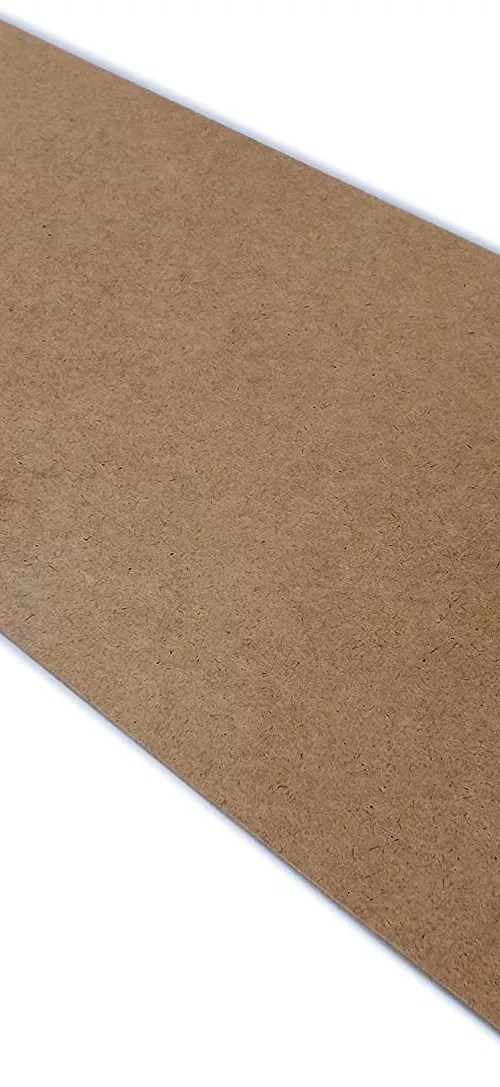
Hardboard is made from compressed softwood pulp but has no adhesive or bonding added to it. Hardboard comes in thin sheets so nowhere near as strong as other man-made boards. The beauty of hardboard is that it is really cheap and can be used in drawer bottoms or as an underlay for flooring.
- You can buy hardboard in different lengths and includes 405, 810, 1220, 1830 and 2440 mm
- You can buy hardboard in different widths and includes 405, 610, 810, 1220 and 2440 mm
Chipboard
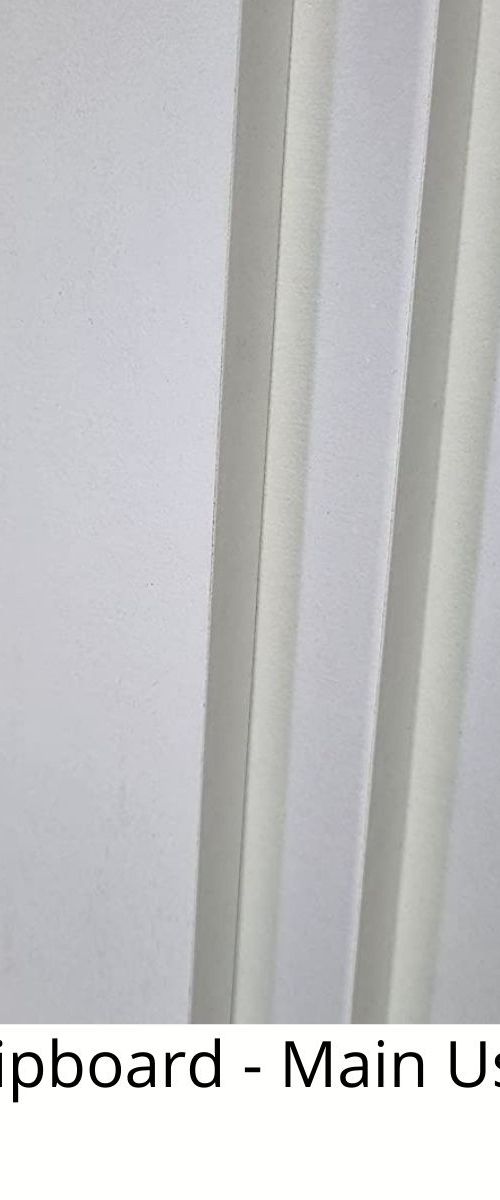
Chipboard is a really popular choice, mainly because it is one of the cheapest boards to buy. Some buyers will refer to this as particle board. Chipboard is used a lot to make furniture, headboards, desks and tables and will usually be covered with a veneer to make it look better.
Chipboard (tongue and groove) is also popular for flooring attics (roof spaces) and used inside sheds and many garden buildings.
It can never be used outside as the rain will destroy it very quickly. It is also quite a heavy board. You can buy chipboard in its natural state or covered in a veneer with a white veneer being the most popular.
- You can buy chipboard in different thicknesses and includes 15, 18 and 22 mm
- You can buy chipboard in different lengths and includes 2400, 2440 mm
- You can buy chipboard in different widths and includes 153, 229, 381, 457, 533, 600 mm
Plywood
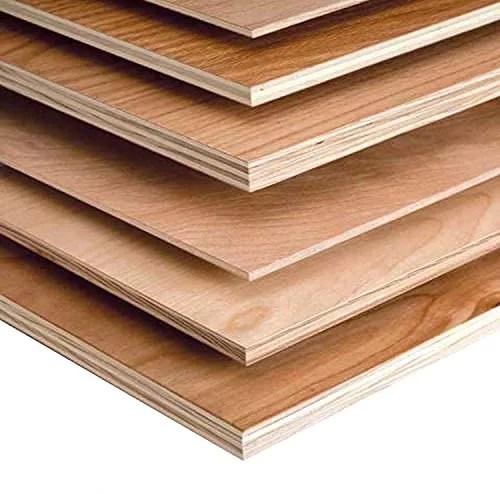
Plywood is one of the most popular woods used for construction and building in the UK. This is a man made engineered wood that is made up of multiple layers of veneer that are then glued together. The veneer layers are cross grained which means they are laid at 90 degrees to each other to stop the wood from splitting at the ends.
Plywood can either be made from soft woods or hard wood veneers and the quality of the plywood depends mainly on how it is glued and the actual number of layers. It is used heavily in the construction industry and can also be used in furniture making, surface coating of boats and even in some cars.
Veneer plywood (FU) is used for general purpose use such as wall cladding. This type of plywood is strong and durable but isn’t bearing any load. Construction veneer plywood (BFU) can be used when load bearing is required.
- You can buy plywood in different thicknesses and includes 3.6, 5, 8, 9 and 12 mm
- You can buy plywood in different lengths and includes 35, 700, 810, 900 and 1220 mm
- You can buy plywood in different widths and includes 53, 405, 610 and 1220 mm
Plasterboard
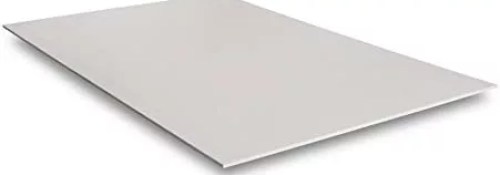
Plasterboard is made of calcium sulfate dihydrate (gypsum) usually pressed between a facer and a backer. It is used to make interior walls and ceilings. This does get called by a few different names, gypsum board, drywall, wallboard or wall panels. Popular brands in the UK are GTEC and Gyproc.
Plasterboard is used by builders to meet building regulations for fire protection, acoustic insulation and thermal efficiency
- You can buy plywood in different thicknesses from 9mm to 102mm. For ceilings 9.5-12.5 mm is mainly used and for walls 12.5-15mm is used
- You can buy plywood in different lengths and includes 1800mm, 2400mm, 2700 mm, 3000mm
- You can buy plywood in different widths and includes 900mm, 1200mm
Other DIY Considerations
When choosing wood for your DIY project, it is important to consider the following factors:
- The type of project: Different types of wood are better suited for different applications. For example, softwoods are a good choice for simple furniture projects, while hardwoods are better suited for projects that require more strength and durability.
- Your budget: The cost of wood can vary greatly depending on the type and grade of wood. Softwoods are generally less expensive than hardwoods, while plywood is a more affordable option for large projects.
- Your skills and experience: If you are a beginner DIYer, it is best to choose a wood that is easy to work with, such as pine or spruce. More experienced DIYers can tackle more challenging woods, such as oak or mahogany.
So as you can see there are plenty of options available when it comes to buying timber in the UK. Hopefully our information has helped you understand those better. It is always good to ask the builder’s merchant for their advice as the wood you need really depends on what job you want to do.
Additional resources for further reading
Forest research – https://www.forestresearch.gov.uk/